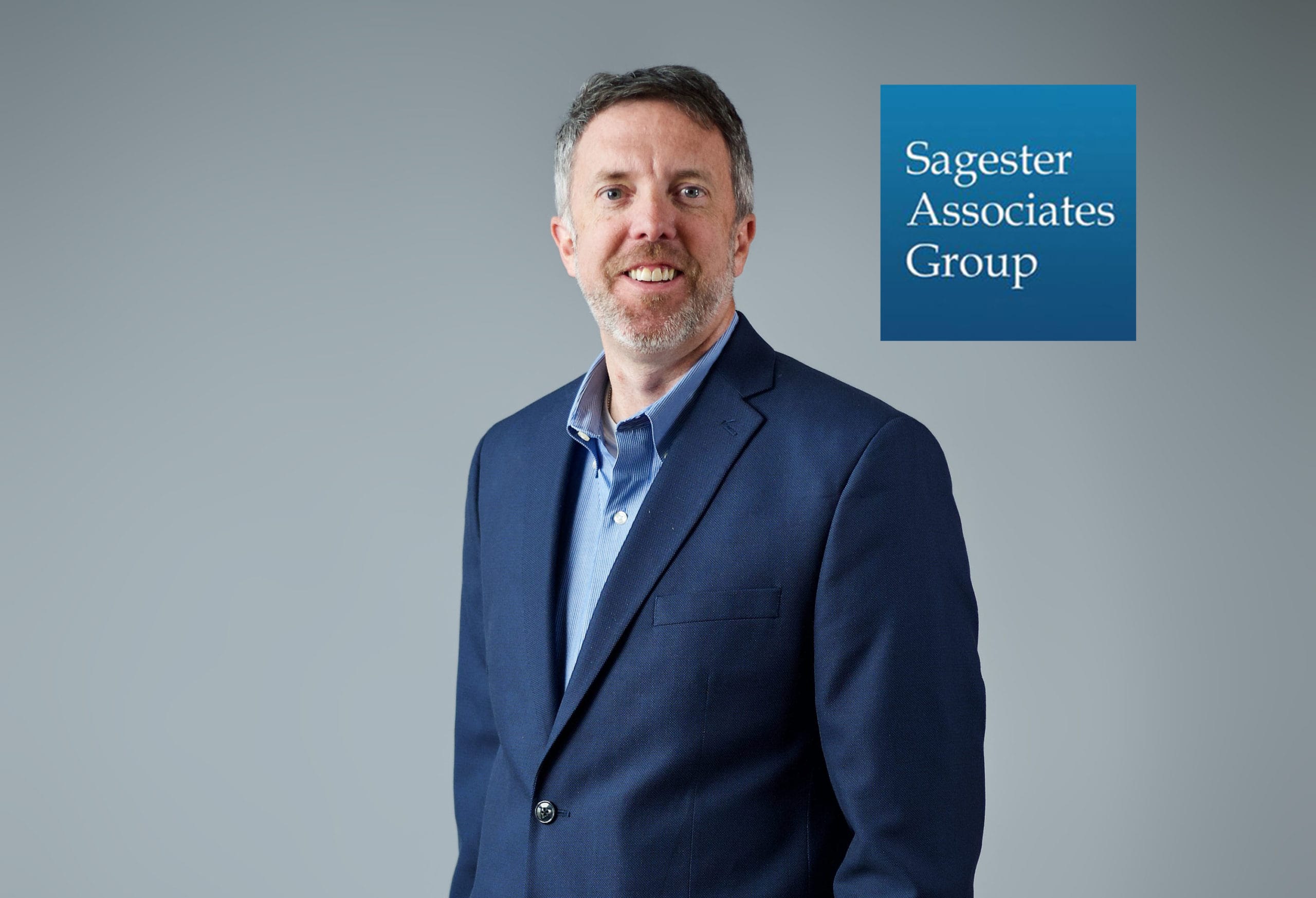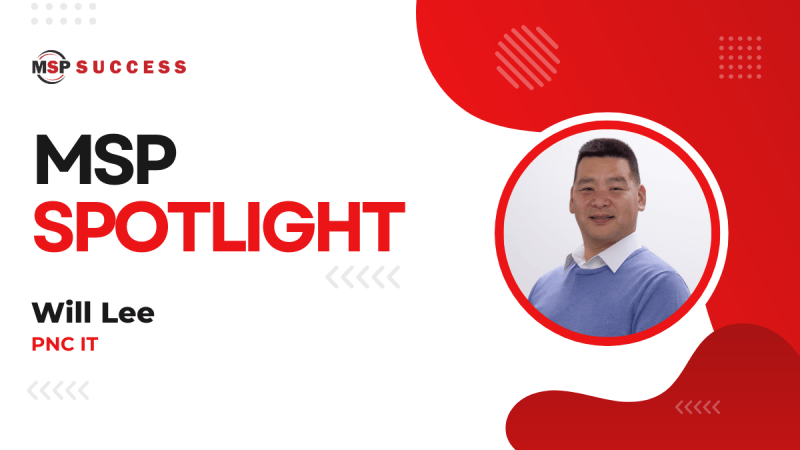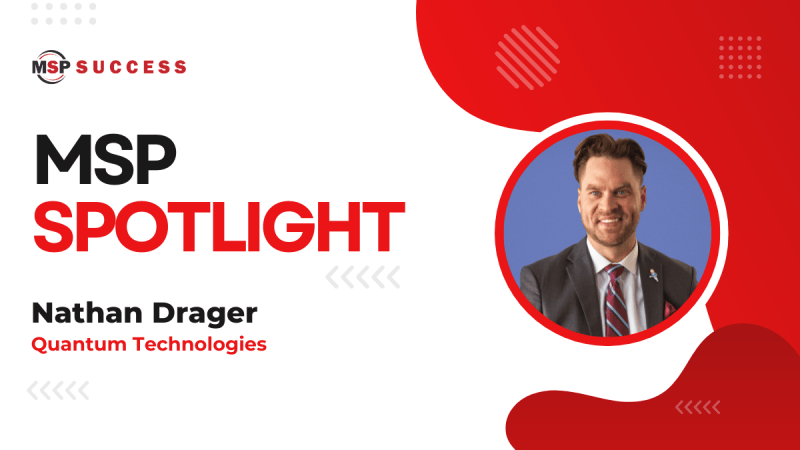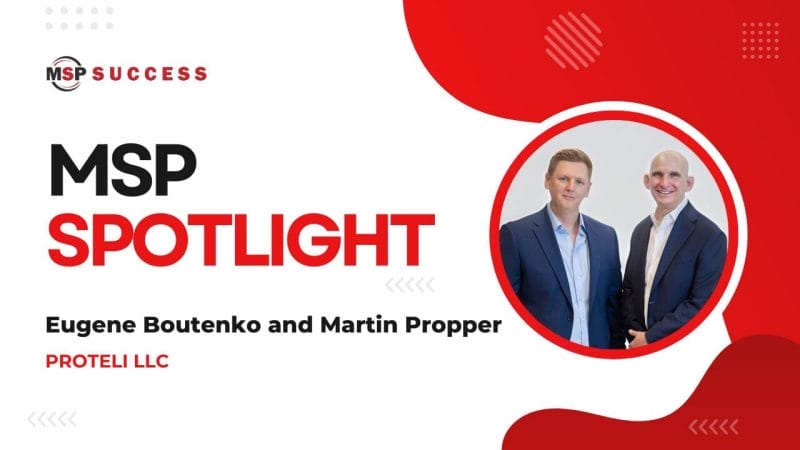- Company: Sagester Associates Group
- Founded: 2001
- Headquartered: Columbus, Indiana
- Geographic Market: Our dental MSP services are regional to our Midwest area — Indiana, Kentucky, Ohio, Illinois, West Virginia, and Tennessee. For dental IT security, we’re national.
- Top Growth Indicator: Total revenue
- YoY Percent of Growth: Tripled over the past three years and on pace to grow another 35% this year.
- CEO: Fred Sagester
What are the top metrics you use to measure your business and why?
The first two are easy: total revenue and monthly recurring revenue. Because we have so much in place, I know our profitability is going to rise as we continue to go through those two metrics. Now, total revenue can be a deceptive number; if I make $100 bucks and spend $100 bucks, I’m not making any profit. Profitability is really the top number, but we’ve already streamlined our processes and the money going out. So, the reason I can look at total revenue is because I know that number is going to boost my profit. For monthly recurring revenue, it comes down to knowing exactly what I’m going to make every month and budgeting based on that. Ultimately those are the two most telling metrics for what our profit is going to be.
The third, however, is actually really hard to measure: happy employees. You can’t measure this metric in a straight line. We do our best to encourage our employees to continue their education and have a healthy work-life balance, so it’s very important to us that they have set goals — very specific goals — that have to be individualized. One person’s goals aren’t going to make sense for a different person. It can be a mix of career and personal goals, too; we won’t discount personal goals, such as losing weight or buying a house, just because they’re not work-related. Everyone gets rewarded for meeting their goals, even the personal ones.
When we really hit our growth three years ago, I asked myself an important question: “Will this make us a great company?” I don’t just look at the numbers; I want a company greater than that. I try to make decisions based on whether or not it will make us a great place to work for and with.
What is the top lesson you had to learn that allowed you to kick-start your business growth?
There are milestones in every business where you have to change your thought process and the way you do things to continue to grow. The tactics you used to get to $100,000 in revenue can’t be the same tactics you use to get to $1 million. When I was starting off, I was a one-man shop. When I was bringing in employees, I had to give them things to do and, more importantly, trust those people to do it. That was the first milestone that let me grow my business.
Then, when you get 6–10 employees at $1 million, you have to work more as a team. Now, to get to $5 million, you have to think exponentially. How can I grow exponentially with only a few more employees? At that point, there’s going to be more change we have to adjust to. At every step, you have to make adjustments and improve the way you do things.
What would you say was the secret to your success this past year?
It has to be attitude. For example, when we’re gathering information or talking about someone who is successful in some way, I think, “I can do that,” not, “We couldn’t do that.” It all begins with attitude.
It starts from the top down. If management is positive, there’s nothing the company can’t handle. It filters down to the employees; so long as you have faith in them, they know they can do it. They succeed, and the company succeeds. Then, that filters down to clients. They feel like we’re pleasant people to work with, which motivates further positive attitudes. It spurs growth. Clients start talking to each other — without any marketing — because of what we’re doing and how we’re doing it.
What was the biggest challenge you had to overcome this past year regarding your growth?
That really comes down to trusting yourself and trusting your mentors. We’ve had decisions that were really tough decisions. Speaking personally and financially, making decisions and knowing whether they’re good ones is going to be tough. Turning what you’ve learned into a positive is important. Things will come up, and you might think, “Maybe this is going to be a stretch financially, but my clients really need it,” or “I don’t know if I should invest in this,” or “I don’t know if I have the time to go do that.” It might take more than just your financial sense to make tough decisions. Trust what you’ve learned from your mentors. Trust that you can get through this stretch, and on the other side, you’ll be that much better for it.
Who would you say is the most impactful business leader or business thought-leader whose techniques or leadership style you try to emulate or follow, and why?
There’s not just one. I’ve taken a page out of different business leaders’ playbooks. Darren Hardy’s focus, Jesse Itzler’s drive, Nido Qubein’s vision, just to name a few. You’ve got to look at their strengths, those signature strategies they’re known for, and put them into your own arsenal. I once had an employee who told me, frustrated, “You drive me crazy because you’re not ‘by the book.’”
“I am!” I told him. “It’s just my book.” Let me go into these influencers and explain why.
Darren Hardy: I’ve heard him speak a few times. He has an acclaimed book called “The Compound Effect” about how to stay on track and how to stay focused. He’s an extreme example of how to stay focused, which is good! He’s taught me and my team a lot with his excellent lessons.
Jesse Itzler: I’ve heard him speak, too. He does a number of things; he used to be a rapper and owned a private airplane company before he owned a jet himself. He has the drive. For example, he invited a Navy SEAL, David Goggins, to come live with him for 31 days to teach him discipline. When he first met the SEAL, Goggins was running an intense race. Between each lap, the runners would rest, then continue on. Altogether, it was 100 miles. Seventy miles in, the SEAL broke his foot and experienced kidney failure. Still, he wrapped his foot up, pushed through the pain, and ran the rest of the 30 miles. Jesse learned that kind of drive and applied it to his airplane company. He has a great quote that I’ve heard many times: “I didn’t come this far to only get this far.”
Nido Qubein: He is the president of High Point University and has such an incredible vision that led the university to where it is now. He accomplished crazy things — but also basic things in a way — for everyone. He assigned someone to be the director of “wow” to help make students happy. In a parking structure, a sign welcomes each visitor by name. All trash cans are turned outward. It’s the little things. He has a personal jet that he uses to travel, and sometimes he even offers students of Highpoint a ride home for the day during those travels.
I try to take one page from all of these guys to make our own playbook.
What book would you recommend to other MSPs or SMBs trying to grow their business?
There’s a couple of them. There’s a book called “Traction: Get A Grip On Your Business.” It’s a hardcover book, but I’ve always thought about it as a workbook. It gives you a step-by-step process on how to set your goals, plus how to break them down into yearly and quarterly goals. It even goes into identifying your employees’ strengths and weaknesses and how to make sure you have the right employees in the right seats. For example, let’s say you have someone who’s really good at black-and-white thinking; make sure they’re in a black-and-white job.
Another book I recommend is “Profit First” by Mike Michalowicz. This is a straight numbers book that encourages readers to break their ingrained thinking. It gives a step-by-step process for completely flipping the mindset of how to spend money. Michalowicz suggests taking out your desired profits first, and then spending what money is left. That’s what you operate on, and you make it work. It’s solely about numbers and how to manage the financial end of your business. Out of the dozens upon dozens of business books out there, these are the top two I recommend.
In closing, do you have any specific advice or words of wisdom you would give to other MSPs looking to grow or build a successful exit for their business?
Find an accountability group. Find someone you can bounce things off of. You’re going to make a lot of tough decisions. If you have a group, then maybe they’ve already gone through some of the decisions you’re making. That’s my key strategy. We formed an accountability group with like-minded people whom I can bounce things off of anytime. I’ve done things they haven’t yet and vice versa, and we all learn from each other. If you have a group, then there is a good chance that someone in your group has already gone through some of the decisions you are making.















